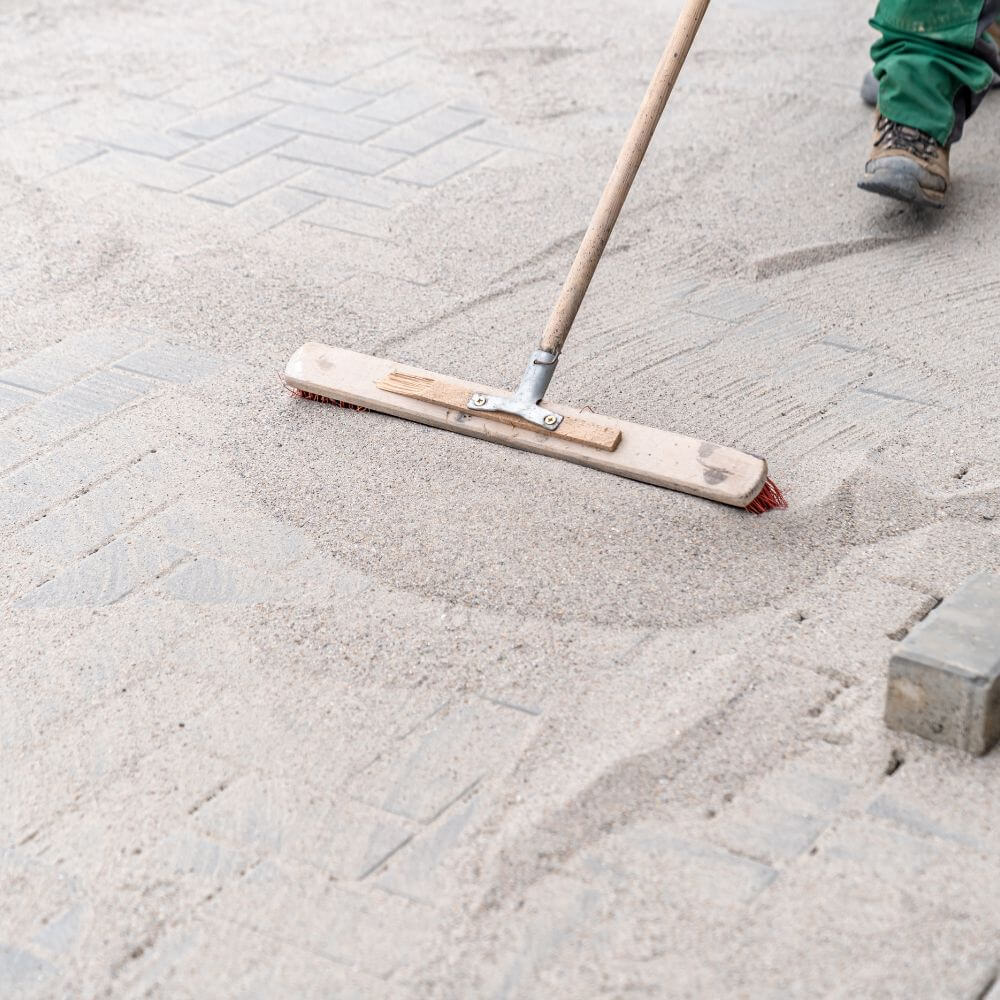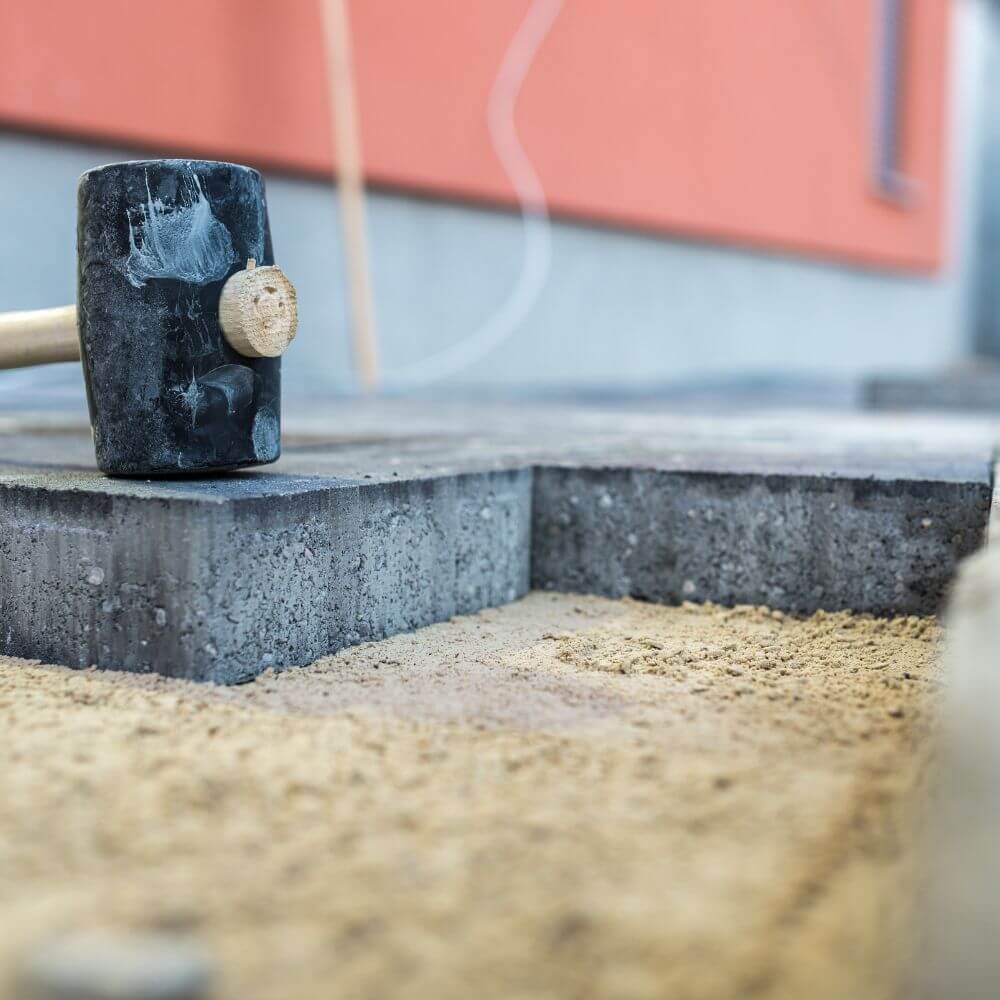Compaction
At Interlocking Toronto, we prioritize the meticulous compaction of pavers after installation to ensure the longevity and stability of your interlocking surface.
At Interlocking Toronto, we prioritize the meticulous compaction of pavers after installation to ensure the longevity and stability of your interlocking surface.







After the meticulous installation of interlocking pavers, the next critical step is compacting the entire area to enhance durability and stability. Utilizing a plate compactor, we meticulously press the pavers into place, ensuring a tight interlock that can withstand the test of time. This process not only enhances the aesthetic appeal but also minimizes the risk of shifting or sinking over time, providing a sturdy surface for years to come.
In the pursuit of perfection, we leave no stone unturned. If necessary, we add more sand between the pavers and repeat the compaction process to achieve optimal results. This iterative refinement ensures that every inch of the interlocking surface is thoroughly compacted, leaving no room for imperfections. With our meticulous attention to detail, we guarantee a flawless finish that exceeds expectations.
At Interlocking Toronto, we pride ourselves on being the premier choice for interlocking solutions. With years of experience and a team of skilled professionals, we bring unparalleled expertise to every project. From intricate designs to expansive landscapes, we have the knowledge and resources to tackle any interlocking installation with precision and finesse. Trust us to transform your outdoor space into a masterpiece of interlocking beauty.
When it comes to interlocking contractors, the choice is clear. Choose Interlocking Toronto for unparalleled craftsmanship, attention to detail, and superior customer service. Let us bring your vision to life with our comprehensive interlocking solutions. Contact us today to experience the difference that expertise and dedication can make. Your satisfaction is our priority, and we’re committed to delivering excellence every step of the way.

Compaction is essential to ensure the stability and durability of the interlocking pavers. It helps to securely lock the pavers in place, preventing shifting or sinking over time.
Compaction is typically done using a plate compactor, which applies pressure evenly across the surface of the pavers. This process helps to compress the sand and interlock the pavers tightly together.
Compaction is usually necessary after laying interlocking pavers, regardless of the size or complexity of the project. It’s a crucial step in the installation process to ensure long-lasting results.
While it’s possible to attempt manual compaction using hand tools, it’s not recommended for large areas or heavy-duty applications. Plate compactors are much more efficient and effective for achieving proper compaction.
Compaction may need to be repeated multiple times to achieve optimal results, especially if there are uneven areas or gaps between the pavers. Additional sand may also be added between compaction rounds as needed.
Improper compaction can lead to various issues such as uneven surfaces, loose pavers, or premature wear and tear. It can also compromise the structural integrity of the interlocking system, resulting in costly repairs down the line.